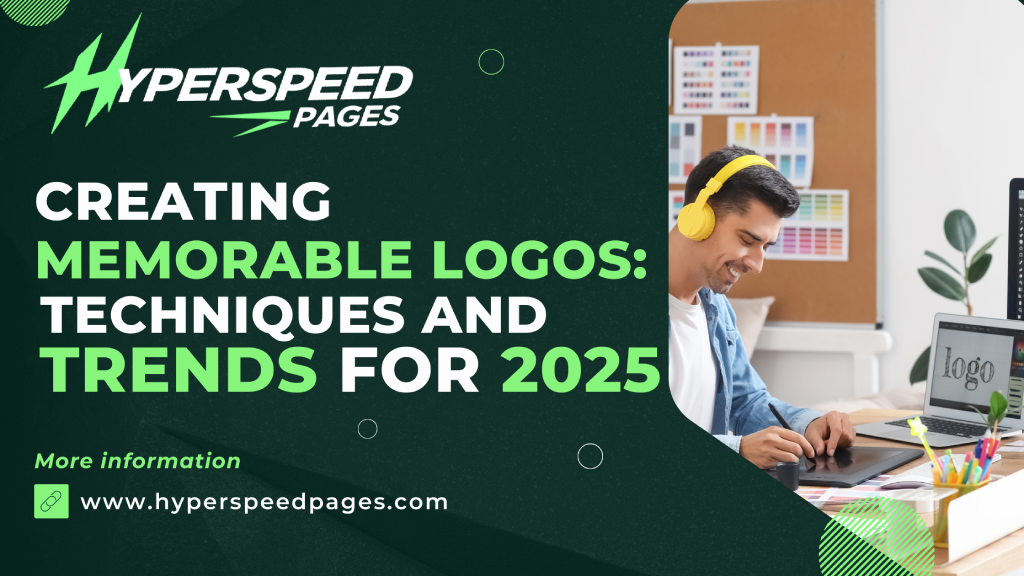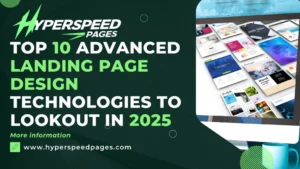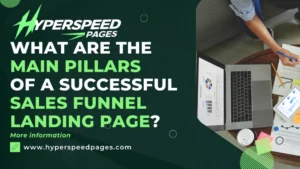
A logo is more than just a pretty picture; it’s the visual embodiment of your brand. It’s the first impression you make on potential customers, and it can significantly impact their perception of your business.
What Makes a Logo Memorable?
- Simplicity: A simple logo is easy to recognize and remember. It can be easily reproduced on various platforms and sizes without losing its impact.
- Relevance: The logo should reflect your brand’s identity, values, and target audience. It should tell a story about your business.
- Versatility: A memorable logo can be used across various platforms, from social media to print materials, without losing its impact.
- Originality: A unique logo design stands out from the competition and grabs attention.
- Timelessness: A classic logo can withstand the test of time and remain relevant for years to come.
Why a Memorable Logo Matters
A logo is often the first impression a potential customer has of a brand. It’s a visual cue that fosters recognition, builds trust, and sets the tone for all brand interactions. Studies show that 75% of consumers recognize brands by their logos, underscoring the importance of a design that sticks in people’s minds.
1. Minimalism with a Twist
Trend: Minimalism continues to dominate, but with a twist of creativity and uniqueness.
Technique: Focus on simple, clean designs with subtle, unexpected elements that make the logo stand out without overwhelming.
Example: A minimalist logo with a hidden symbol or unique typography that adds a layer of intrigue.
2. Gradient and Duotone Effects
Trend: Gradients and duotone effects are making a comeback, adding depth and dynamism to logos.
Technique: Use gradient transitions and duotone color schemes to create a sense of movement and modernity.
Example: A tech company logo with a sleek gradient from blue to purple, symbolizing innovation and progress. A better option when it comes to rebranding a tech company.
3. Hand-drawn and Custom Illustrations
Trend: Hand-drawn and custom illustrations offer authenticity and a personal touch.
Technique: Incorporate hand-drawn elements or unique illustrations that reflect the brand’s personality and values.
Example: An artisanal bakery logo with hand-drawn bread and pastry illustrations, evoking a sense of craftsmanship.
4. Geometric Shapes and Patterns
Trend: Geometric shapes and patterns create visually striking and balanced designs.
Technique: Use geometric elements to construct the logo, ensuring symmetry and harmony in the design.
Example: A consulting firm logo featuring interconnected geometric shapes, symbolizing collaboration and structure.
5. Nostalgia and Retro-Inspired Designs
Trend: Nostalgia is a powerful tool, and retro-inspired logos evoke a sense of familiarity and warmth.
Technique: Draw inspiration from vintage typography, color palettes, and imagery to create a retro yet contemporary logo.
Example: A craft brewery logo with vintage fonts and earthy tones, paying homage to traditional brewing techniques.
6. Responsive and Dynamic Logos
Trend: Logos need to adapt to various digital platforms, making responsive and dynamic designs essential.
Technique: Create logos that can be simplified or modified for different screen sizes and contexts without losing their essence.
Example: An e-commerce platform logo with a detailed version for desktop and a simplified icon for mobile use.
7. Sustainable and Eco-Friendly Aesthetics
Trend: Sustainable design is becoming a priority, with eco-friendly aesthetics gaining popularity.
Technique: Incorporate natural colors, organic shapes, and environmentally conscious design elements.
Example: An eco-friendly skincare brand logo with green hues and leaf motifs, reflecting sustainability.
8. Monograms and Lettermarks
Trend: Monograms and lettermarks offer elegance and versatility, perfect for brands with long or complex names.
Technique: Use initials or abbreviations to create a compact and memorable design.
Example: A luxury fashion brand logo with intertwined monogrammed initials, exuding sophistication.
9. 3D and Isometric Designs
Trend: Advances in design software are making 3D and isometric logos more accessible and popular.
Technique: Add depth and realism to the logo with 3D effects and isometric perspectives.
Example: A tech company logo with a 3D isometric grid, giving a futuristic and innovative appearance.
10. Negative Space
Trend: Using negative space creatively can add hidden meanings and enhance the logo’s impact.
Technique: Incorporate negative space to create dual imagery or hidden symbols within the logo.
Example: A wildlife organization logo with an animal shape cleverly carved out of negative space.
11. Bold Typography
Trend: Bold and distinctive typography can make a logo stand out and be easily recognizable.
Technique: Use strong, unique fonts that convey the brand’s personality and values.
Example: A fitness brand logo with bold, dynamic typography that reflects strength and energy.
12. Animated Logos
Trend: Animated logos add a dynamic and engaging element to a brand’s identity.
Technique: Create simple animations that bring the logo to life, enhancing its visual appeal.
Example: A media company logo with a subtle animation of elements coming together, symbolizing creativity.
13. Flat Design
Trend: Flat design remains popular for its simplicity and clarity.
Technique: Use flat, two-dimensional elements to create a clean and modern logo.
Example: A tech startup logo with flat design elements, conveying simplicity and innovation.
14. Abstract and Symbolic
Trend: Abstract and symbolic logos offer flexibility and can convey complex ideas simply.
Technique: Use abstract shapes and symbols to represent the brand’s core values and mission.
Example: A financial services logo with abstract shapes representing growth and stability.
15. Typography Integration
Trend: Integrating typography with visual elements creates cohesive and balanced logos.
Technique: Combine text and imagery seamlessly to create a unified design.
Example: A travel agency logo with an airplane graphic integrated into the typography.
16. Custom Fonts
Trend: Custom fonts add uniqueness and exclusivity to a logo.
Technique: Design a custom font that aligns with the brand’s personality and values.
Example: A fashion brand logo with a bespoke font that exudes elegance and style.
17. Color Psychology
Trend: Leveraging color psychology can evoke specific emotions and associations.
Technique: Choose a color palette that aligns with the brand’s message and appeals to the target audience.
Example: A wellness brand logo with soothing blues and greens, promoting relaxation and trust.
18. Layering and Overlapping Elements
Trend: Layering and overlapping elements add depth and complexity to a logo.
Technique: Use multiple layers and overlapping shapes to create a visually rich design.
Example: An art studio logo with overlapping geometric shapes, symbolizing creativity and collaboration. That can also include a life insurance landing page design service company.
19. Vintage and Classic Styles
Trend: Vintage and classic styles offer timeless appeal and elegance.
Technique: Draw inspiration from historical design elements to create a logo with a classic touch.
Example: A restaurant logo with vintage typography and ornamental details, evoking nostalgia.
20. Gradient Mesh
Trend: Gradient mesh provides a smooth transition between colors, adding sophistication.
Technique: Use gradient mesh to create intricate and refined color transitions in the logo.
Example: A tech brand logo with a gradient mesh effect, symbolizing innovation and fluidity.
21. Simplification
Trend: Simplification focuses on distilling the logo to its most essential elements.
Technique: Remove unnecessary details to create a clean and impactful design.
Example: A social media platform logo with simplified, recognizable icons.
22. Asymmetry
Trend: Asymmetrical designs add dynamism and interest to logos.
Technique: Use asymmetry to create a unique and visually striking logo.
Example: An architectural firm logo with an asymmetrical design, reflecting modernity and creativity.
23. Handwritten and Script Fonts
Trend: Handwritten and script fonts add a personal and elegant touch.
Technique: Use handwritten or script fonts to convey authenticity and charm.
Example: A luxury boutique logo with an elegant script font, exuding sophistication.
24. Layered Meanings
Trend: Logos with layered meanings can tell a story and engage viewers.
Technique: Incorporate hidden meanings and symbols to add depth and intrigue.
Example: A bookshop logo with a hidden bookshelf silhouette within the design.
25. Inclusive and Diverse Representation
Trend: Inclusive and diverse representation in logos promotes equality and broad appeal.
Technique: Design logos that reflect diversity and inclusivity, appealing to a wider audience.
Example: A community organization logo with diverse, inclusive imagery, symbolizing unity and acceptance.
26. Interactive Elements
Trend: Interactive logos engage users by allowing them to interact with the design.
Technique: Create logos that respond to user actions, such as clicks or hovers, enhancing engagement.
Example: A tech startup logo that changes colors when hovered over on a website.
27. Symmetrical Designs
Trend: Symmetrical designs are visually pleasing and convey a sense of balance and harmony.
Technique: Use symmetry to create logos that are balanced and proportionate.
Example: A wellness brand logo with symmetrical elements that symbolize balance and tranquility.
28. Texture and Material Effects
Trend: Adding texture and material effects can make logos more tactile and memorable.
Technique: Use textures like wood, metal, or fabric to add depth and realism to the logo.
Example: A craft brand logo with a wood texture effect, evoking a sense of handmade quality.
29. Iconography
Trend: Icons simplify complex ideas and make logos more versatile and recognizable.
Technique: Incorporate simple, meaningful icons that represent the brand’s core values.
Example: A travel agency logo with a globe icon, symbolizing global exploration.
30. Optical Illusions
Trend: Optical illusions add a layer of intrigue and make logos memorable.
Technique: Use optical illusions to create a sense of movement or hidden meanings in the logo.
Example: A design studio logo with an optical illusion that appears to shift as the viewer’s perspective changes.
Remember to keep your target audience in mind and choose elements that resonate with them. A well-designed logo is an investment that can pay dividends for years to come.




